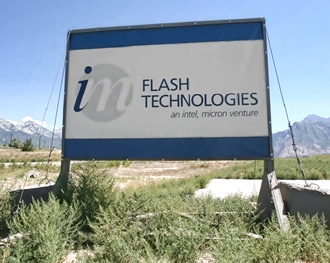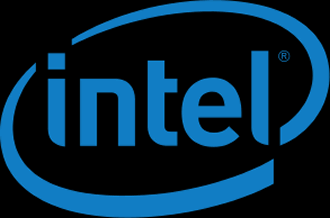 While some have decided that Intel will go the way of the Dodo, it appears that the analysts Barrons disagree.
While some have decided that Intel will go the way of the Dodo, it appears that the analysts Barrons disagree.
The outfit’s augury division has walked a compliant white bull into the temple of Juno, read its steaming entrails, and concluded that Intel will do rather well.
It thinks that shares in Chipzilla will rise more than 30 percent to $48 over the next two years.
The logic is that with shares its recently at over $35, Intel stock is halfway to the five-year doubling Barron’s said it predicted in June of 2013.
Barron’s said that in two years’ time, the 30 percent rise would put shares trading at around 16 times future earnings estimates, the same price to 2014 earnings ratio that it now trades at.
Intel has few fans among the cocaine nose jobs of Wall Street, suggesting plenty of popularity to be gained. Intel is strategically running a deep loss in its mobile-chip division in order to make up for its late start.
However, Barron insists that might be a good thing. Shrinking those losses to break-even in future years will uncover earnings power in the rest of the company that is currently hidden.
However there is a lot of scepticism about Intel—just 40 percent of analysts who cover the shares say to buy them.
Earnings per share are expected to climb 19 percent this year to $2.25, which looks like excellent growth, except that earnings first topped $2 a share back in 2010, said a Barron.
However Barrons did not see everything as lilly white in the ox’s liver. It thinks that while Intel is on track to ship a promised 40 million tablet chips this year, versus just a million or so two years ago, its mobile division will likely lose about $4 billion in the process. That is partly due to “contra revenues,” which are effectively rebates to spur demand while Intel closes the cost gap to rivals on low-end multifunction chips.
Next year Intel expects the division’s loss to shrink by only $800 million. However, by then, it expects to sell a full range of tablet chips, ranging from cheap models called SoFIA, which have integrated wireless function, to pricier Cherry Trail chips for zippy performance at low power. Analysts see the mobile unit achieving positive gross profit margins by 2016.
So if you are thinking about making a quick buck from Intel you might want to wait until this period is over before investing your nest-egg.

















